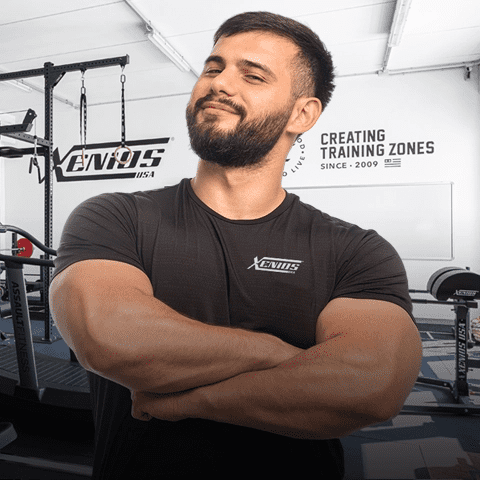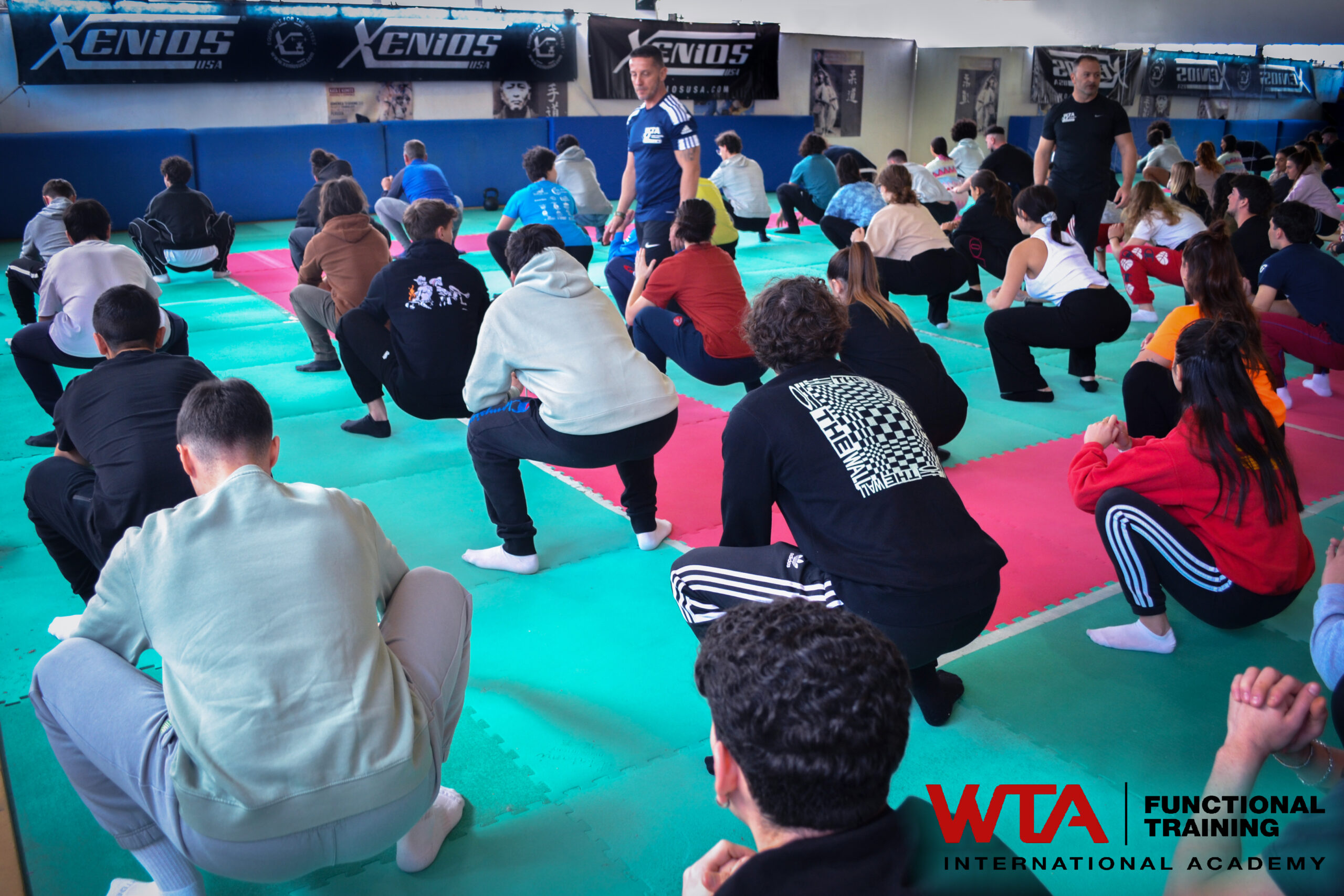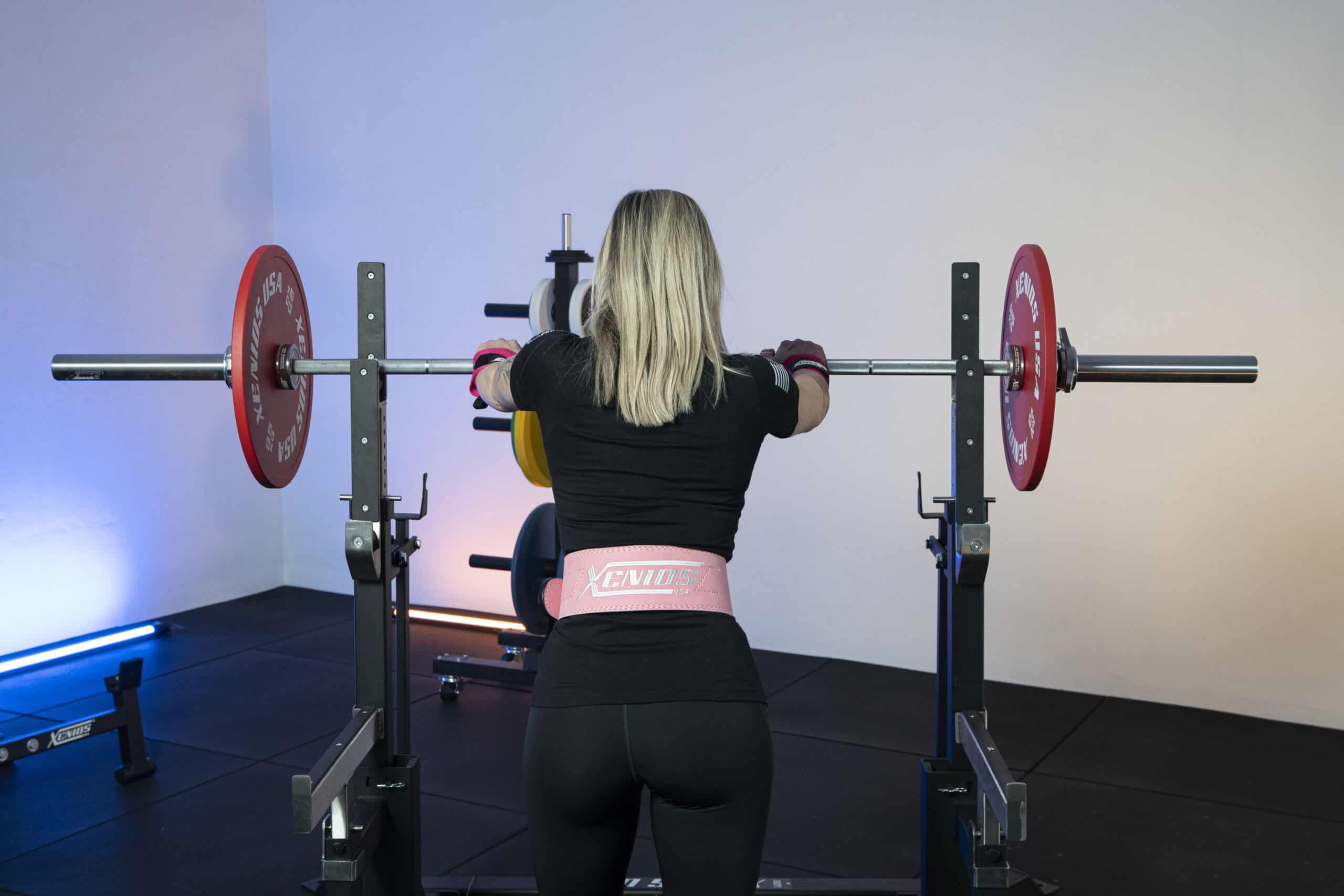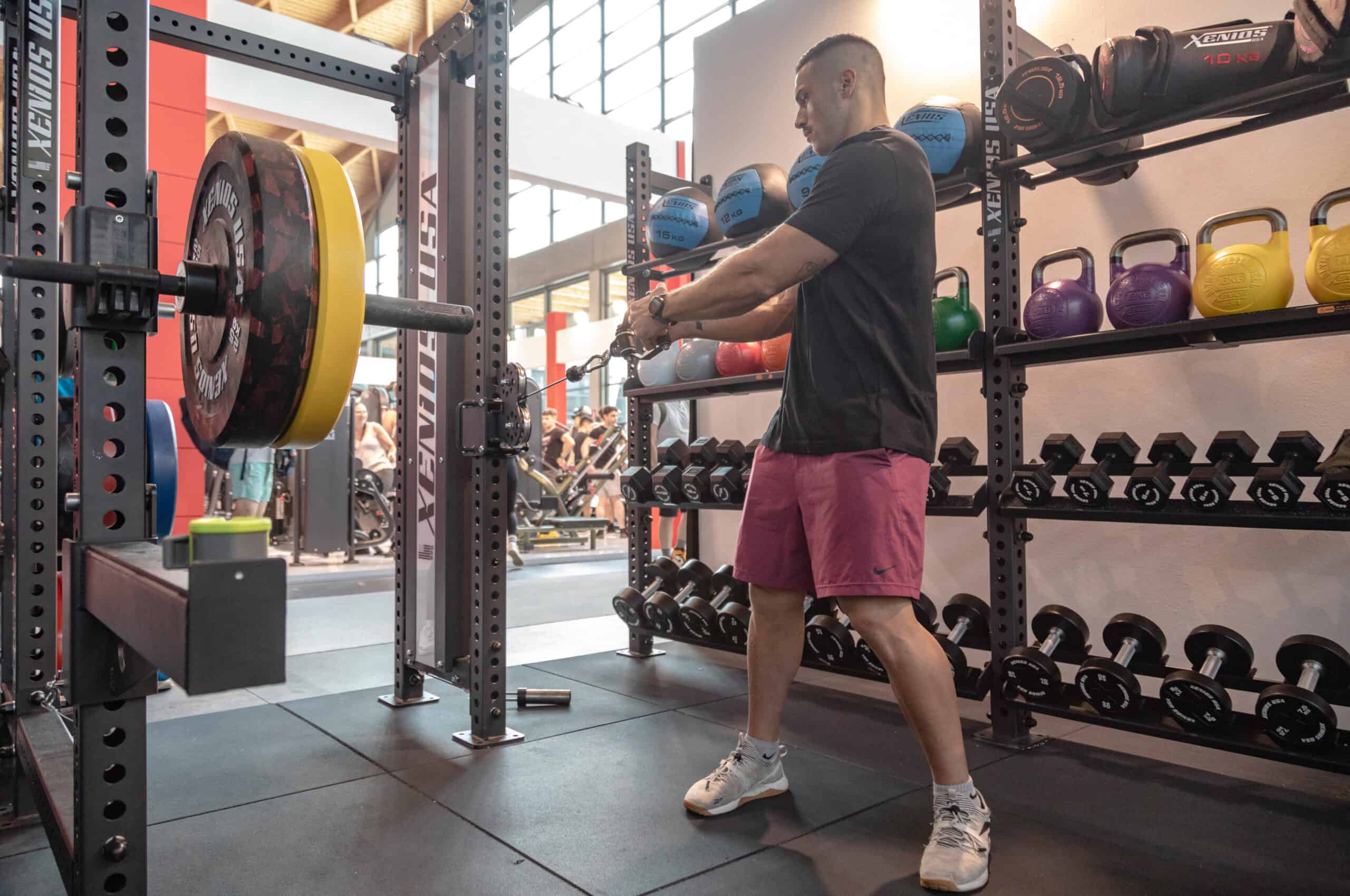Approaching the world of physical training, there are many paths that can be taken, different from each other in terms of type of exercises and disciplines but also for the help or not of equipment and machinery in carrying out the activities.
Among the most common equipment that can be used are weights, which add difficulty in lifting, pulling or bending exercises, with the intention of increasing the strength and muscle mass of the athlete.
Among the most classic accessories belonging to the weight category we find the kettlebell, a gymnastic tool that consists of a spherical weight, equipped with a handle at the top, to allow it to be lifted and maneuvered.
Also called girya, it is traditionally measured in pud, which corresponds to about 16 kg. In fact, it has a history that began years ago, as it was already used in ancient Greece for the athletic training of Olympic athletes; at the time they were filled with water or earth.
For a long time, it was also the only training tool in Russia.
Today, this tool is made of various materials such as cast iron, copper, steel or others. It can be found in different sizes, starting from 4 kg up to around 54 kg: read the story and try the kettlebell training card for beginners. Despite the difference in weight, competition kettlebells all keep the same size, leaving only the weight to vary.
Kettlebell: first approaches with basic exercises
The intent of its inclusion within the exercises is to develop strength but also endurance, balance, flexibility and coordination. Its use combines well with activities such as lifting, lunges, squats, with the aim of combining movements and training several muscle groups at the same time.
You can start with some basic exercises, which are especially useful for warming up and learning to become familiar with the kettlebell.

A first type is that of “around the body“: there are several types and these are movements designed to move the tool in different directions; the movement can take place around the trunk or between the legs, carrying the instrument from one hand to the other.
In this case, balancing and balance the body are the main objectives of the exercises.
Another first approach could take place through the “russian twist“: starting from the sitting position on the ground, the athlete slightly raises his legs, almost completely stretched and, with his back straight, grabs the kettlebell with two hands and moves it, without ever resting it on the ground, from one side of the body to the other.
In this case, you begin to have targeted results, working all the muscles of the torso, although all the secondary muscles involved, such as those of the legs, should not be neglected.
Kettlebell exercises: a world of uses
A first exercise that can be approached using a kettlebell is the one called “swing“; the movement can, in some way, be guessed from the name: spread your feet until they are vertically aligned at your shoulders and plant your feet firmly on the ground. Grasp the tool with two hands and swing it head-on. This movement can evolve and become a clean exercise.
The desired oscillation is given exclusively by the thrust of the legs and pelvis, the arms only support the movement, while the back must remain in a firm and straight position.
For this set of movements, the muscles most involved are those of the legs and pelvis, especially the buttocks, but also the rest of the body, including the abdominals and back, which will work to coordinate and balance the torso.
A second common workout is the one that involves the gluteal muscles, the whole back and the hamstrings (hamstrings) through the “deadlift“: with this, we approach a medium level of difficulty.

From the starting position, feet shoulder-width apart and kettlebell between your legs, bend your knees slightly and, bringing your torso forward, grasp the weight. At this point, the goal is to lift it, remaining in a trajectory between the legs, straightening the torso and legs with slow and controlled movements. Finally, you will have to contract your buttocks and stretch your hips. Returning the kettlebell to the starting position starts the movement again.
Another exercise is the “goblet squat“: the muscles of the legs, buttocks and shoulders will be involved. The starting position is almost always the same: legs spread apart until they reach shoulder width, in this case, however, the movement starts with the kettlebell already in hand. It is grasped at the junction between the handle and the ball, then externally and on the base of the grip.

You bend your knees and have to go down to the floor. It is important that the knees never go beyond the toes and neither should they fall inwards. The back must be kept straight throughout the performance. At the end of the movement, return to the initial position and then start again.
Kettlebell exercises: many types for many muscles
There are still many other types of workouts that involve the use of the kettlebell. This is why this tool is considered a good investment: its versatility allows it to be included in exercises that involve practically all the muscles, starting from the arms, shoulders, core training, and so on.




 Since 2009, we’ve been by your side, helping you create the perfect training spaces for Cross Training Boxes, Personal Trainer Studios, and professional Home Gyms.
Since 2009, we’ve been by your side, helping you create the perfect training spaces for Cross Training Boxes, Personal Trainer Studios, and professional Home Gyms.






